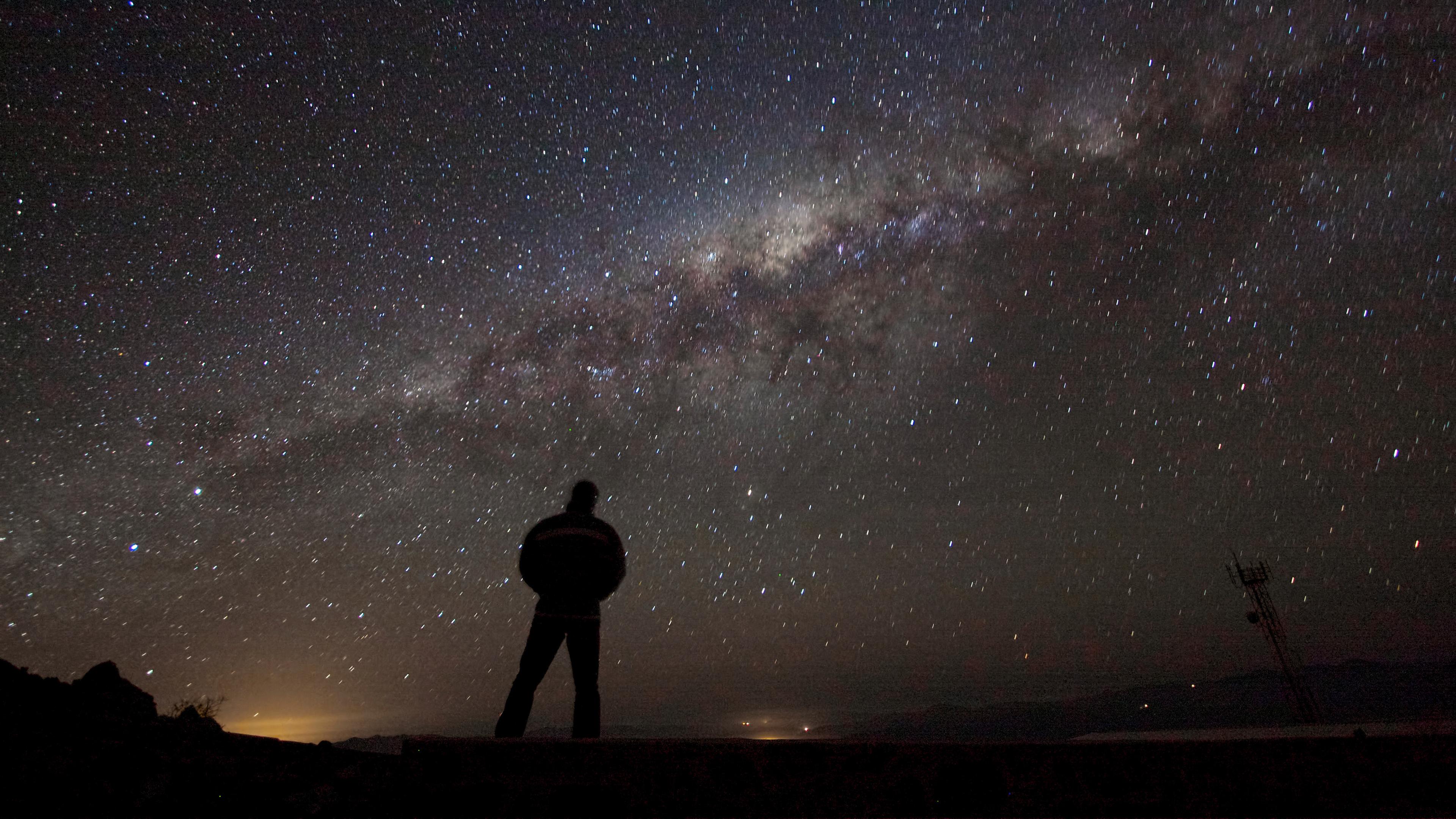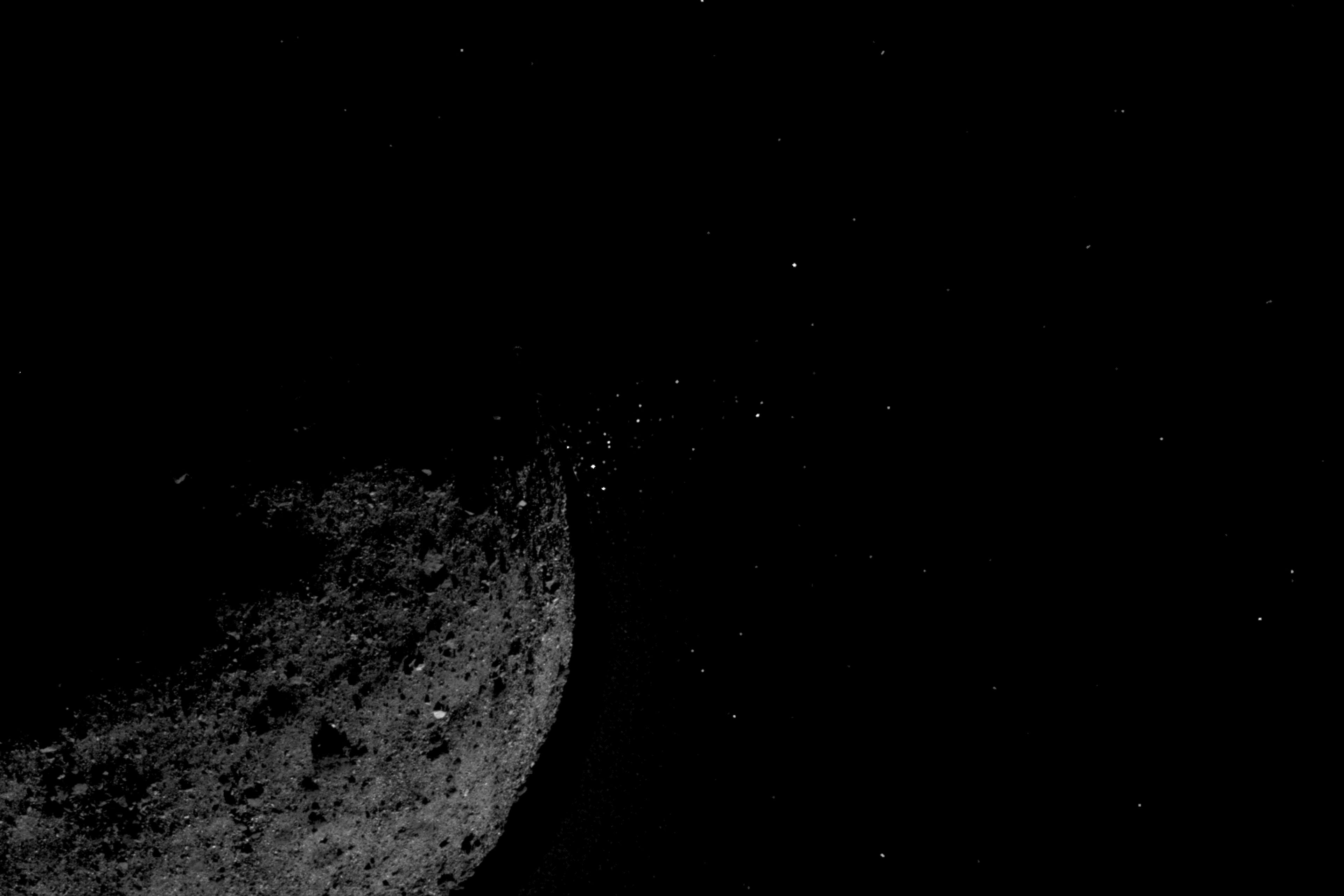In 1985, the author Frank White coined the term ‘overview effect’ to describe something striking that happens to people who have been to space. The term would become the title of White’s 1987 book that popularised the concept: after gazing down at Earth, he observed, some astronauts report a change in their worldview. They describe feeling a oneness with humanity and our biosphere, and an awareness of the precarious nature of our existence. Anousheh Ansari, the first female private space explorer, recounted that after returning from space she was never again bothered by rush-hour traffic or being late to a meeting. And after William Shatner, who played Star Trek’s Captain Kirk, returned from his own suborbital space trip in 2021, he wrote in Variety magazine that: ‘It reinforced tenfold my own view on the power of our beautiful, mysterious collective human entanglement, and eventually, it returned a feeling of hope to my heart.’
The overview effect ties into something that is much larger about humanity: we can be roused through experiences of wonder and awe to think in bigger ways about ourselves, and to be more compassionate and understanding.
I have never looked down at the Earth from space myself, but I believe it’s possible to experience a similarly profound perspective shift by looking outward from our planet, too. As an astrobiologist and science communicator, I spend my days thinking about the possibility of alien life, considering what – or who – is out there among the stars. The idea that our seemingly barren Universe might contain an abundance of living creatures fills me with a sense of awe, and it has transformed how I see the world. I call this grand shift in perspective the ‘panzoic effect’.
Looking at the night sky and wondering what those celestial lights might be is something humans have done since before written history. Thousands of years ago, people from Babylonia to China and from the Americas to Aboriginal Australia saw part of themselves reflected in the heavens. In ancient Greece, Anaximander proposed that Earth was a body floating in an infinite void, and Epicurus wrote that: ‘There is an unlimited number of cosmoi [worlds], and some are similar to this one and some are dissimilar.’ Much later, thinkers such as Giordano Bruno would argue not only for a multitude of worlds but also for the potential for multitudes of intelligent beings beyond Earth.
The scientific study of astrobiology, though, is a more recent effort. By investigating the origins, evolution and distribution of life in the Universe, it asks: ‘Where does life come from?’, ‘How does a living world change over time?’ and ‘Might there be other life out there?’ I’ve been fascinated by these questions for much of my own life: at first through science fiction, and then later in my research and science communication. But along the way, I’ve seen significant changes in how we go about seeking answers. Astrobiology was once a speculative discipline – viewed sceptically by many scientists in the 20th century – but it is now mainstream. Today, it is no longer about whether looking for aliens is worthwhile, rather now our focus is on what methods, technologies and space missions will best increase the likelihood of finding them – we’ve gone from ‘So what?’ to ‘Now what?’
Many astrobiologists adamantly state that alien life has to be out there
Moreover, in recent years the possibility of success has drawn tantalisingly close. Since 2000, we’ve confirmed the existence of more than 5,000 exoplanets – before that, the count was around 30 – with seemingly countless more awaiting discovery. Here in our own solar system, we now know that ancient Mars had liquid surface water and a much different climate, and that ancient Venus may also have been habitable. And icy moons with potential subsurface oceans like Europa and Enceladus – orbiting Jupiter and Saturn, respectively – have tantalised us with the possibility of deep ocean biospheres. Even if there is no other life here around our Sun, the exoplanets we’ve found have intimated a great many worlds that could possibly be home to other biospheres.
All this is culminating in a profound idea – if there are aliens out there, we could be very near to finding some of them. Of course, there is a possibility that life may have arisen only once, here on Earth. Until we find definitive evidence – be it a Martian microbe, signs of life on an icy moon or in an exoplanet’s atmosphere, or some signal of alien technology – we cannot claim any certainty. However, in light of recent discoveries, I’ve met many astrobiologists who will adamantly state that alien life has to be out there. A visit to an astrobiology conference these days will reveal a number of optimistic scholars who think it’s not a matter of ‘if’ but a matter of ‘when’ at this point. (White, incidentally, shares this view. ‘Given what we know, it seems really likely that some form of life has arisen elsewhere,’ he told me recently.)
What if alien life is not just present, but abundant? What if there are myriad worlds afar where life has happened, perhaps even with some similarities to our own? There may even be other civilisations out there that have developed their own art, philosophy and science. Convergent evolution suggests that some alien forms may resemble Earth life in some ways while others could be utterly unrecognisable.
It’s by reflecting on these ideas that you can take the first steps to experiencing what I call the panzoic effect. Like the overview effect, thinking about a possible abundance of life in the Universe can lead you to look with fresh eyes at humanity and life on Earth.
Thinking about alien life is a call to be better stewards of our world
For example, the search for alien life drives us to consider the range of possible settings for life to emerge and to evolve, and to consider how different the story could have been for our own world. We know that Earth life has faced many threats through the past – impacts from space, largescale volcanism, rapid changes in climate, and so on. And yet, as the character Ian Malcolm states in Jurassic Park (1990), life truly has found a way. Extinctions for some have led to opening of ecosystems for others. Life has had a long, complex history on our planet.
And when we contemplate the vastness of space and the possibilities for extraterrestrial life, we’re often reminded of our shared humanity and responsibilities to life on our planet. In this way, thinking about alien life is not just a scientific endeavour or a means to frame our considerations of the future; it’s a call to be better stewards of our world and more compassionate members of the cosmos.
Most of all, though, when I reflect on the possible abundance of alien life, it fills me with wonder and awe. In recent years, psychologists have shown that these are powerful, perspective-changing emotions. Wonderment at the nature of the world – from being curious about the workings of everyday things to wandering in the world around us – inspires us and helps us to develop new ideas and perspectives. Awe, meanwhile, is the feeling of being in the presence of something that transcends your current understanding of yourself and your place in the cosmos.
The psychologist Dacher Keltner writes in his book Awe: The New Science of Everyday Wonder and How It Can Transform Your Life (2023) that:
From our first breath to our last, awe moves us to deepen our relations with the wonders of life and to marvel at the vast mysteries that are part of our fleeting time here, guided by this most human of emotions.
As Keltner suggests, there are many forms through which awe can come into our lives: from experiencing depth in music and art to feeling the grandness of nature or seeing people act in morally impactful ways.
The journey of seeking extraterrestrial life can help us rediscover and improve ourselves
Indeed, this is what may be going on when astronauts change their perspective following spaceflight. In the journal article ‘The Overview Effect: Awe and Self-Transcendent Experience in Space Flight’ (2016), David B Yaden and his colleagues conclude: ‘Awe and self-transcendence are among the deepest and most powerful aspects of the human experience; it should come as no surprise that they emerge as we gaze upon our home planet and our whole world comes into view.’
When I feel the panzoic effect, it encourages me to envision a hopeful future, one where our explorations inspire unity, and our shared wonder leads to greater care for one another and the planet we call home. Whether we ever encounter extraterrestrial life or not, I believe that the journey of seeking it can help us rediscover and improve ourselves. Much like the overview effect, the panzoic effect suggests that the wonder and awe we experience in this cosmic mirror – by looking out and, in turn, looking back in – has the potential to alter how we view ourselves and our place in the cosmos. And as White himself told me: ‘I think that’s the big question.’
Are we alone? We don’t yet know, but asking the question forces us to appreciate our existence here on Earth, while offering us a glimpse into our possible cosmic futures. Considering alien life is a means for considering ourselves.








